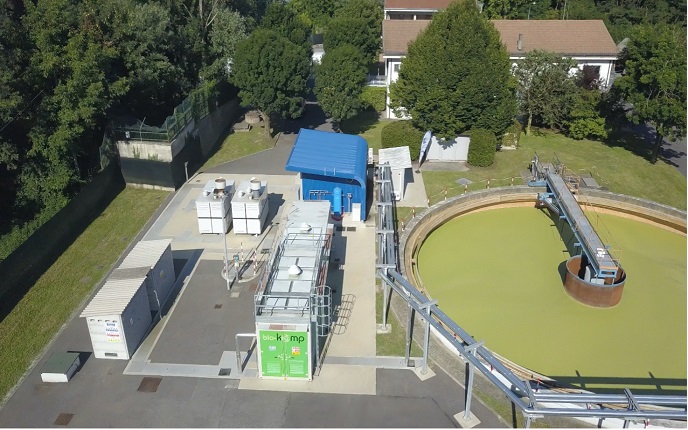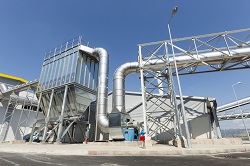Supercritical water converts biomass to biogas
Large amounts of biological material, referred to as biomass, are generated by waste water treatment, agriculture and the processing of agricultural products. Some of these residues can be used in the production of animal fodder, fertiliser and compost. However, the market for compost is now saturated and the health regulations surrounding fodder and fertiliser have become increasingly strict. Although the remaining residues can be placed in landfill sites or incinerated, it is an expensive option. The SUPERHYDROGEN project used supercritical water technology to turn wet biomass (containing water) into hydrogen or SNG. SCW used moderate temperatures and high pressure to help water to break down large organic molecules into smaller, less toxic ones. The SUPERHYDROGEN pilot plant used feedstocks that are relatively easy to break down including rapeseed methyl ester (RME) glycerine, and vinasse. Vinasse is the residue left behind after the production of ethanol. RME glycerine was the preferred feedstock since its correct disposal is a growing problem within the EU. A smaller bench-scale unit was used for more complicated feedstocks, which contained a high lignin and/or ash content.







